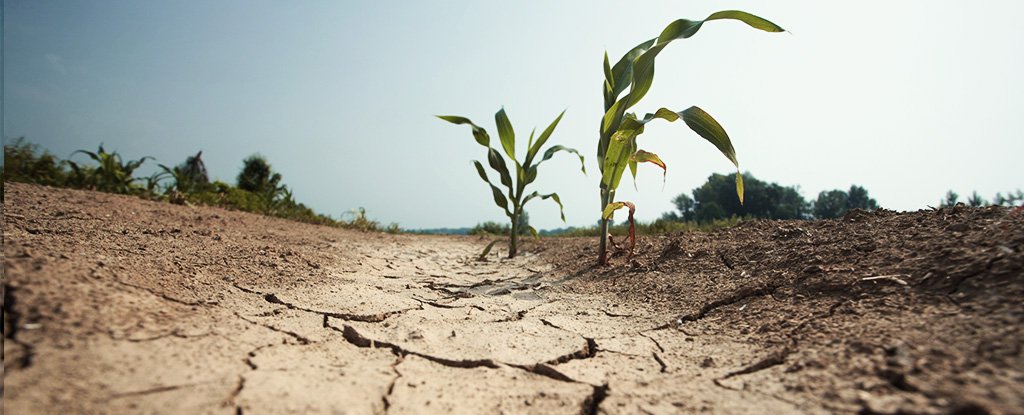
A new study shows that one bad El Nio can cause severe hunger in 6 million children.
This number is three times higher than the number of children who have been affected by the global pandemic. It's a clear indication that El Nios can impact human well-being on a large scale.
Gordon McCord, a public health researcher at the University of California San Diego, says that "it's a tragedy that even in 21st century so many of the human population are pushed to despair by predictable climate processes."
El Nio, a natural warming cycle that occurs over the Pacific ocean, causes large-scale weather fluctuations around the globe approximately every four to seven year. Equatorial winds typically blow east to west across Pacific ocean. However, when sea surface temperatures rise, these winds become weaker and can reverse the pattern of rainfall and temperature.
These massive changes in air flow have devastating effects on ecosystems all over the globe, including our own. These changes can cause severe droughts, increase the risk of flooding, and fuel hurricanes.
They are becoming more brutal due to climate change.
Jesse Anttila Hughes, University of San Francisco, and his colleagues studied the effects of El Nio-Southern Oscillation events upon children living in the tropics. They examined four decades worth of data on children's health from 51 countries. Then they calculated the mean sea surface temperature for a given year, which was an indicator of El Nio years.
Because the El Nio climate phenomenon is more extreme than what crops can withstand, it has particular effects on tropical regions. This area has a larger population of children at risk, with 20% already classified as severely underweight (WHO).
A clear pattern was revealed by data on almost half of the world's under-5-year-old children.
The children's collective weight decreased over the years of El Nios. This led to a reduction in height years later. It was clear that El Nio conditions were associated with poorer child nutrition in many of the studied areas.
The effects were the same across all regions, from Latin America to South Asia and Sub-Saharan Africa. However, there were some differences in key locations.
A few countries that saw an increase in rainfall during El Nios had children who received more nutrition. This was evident by their weight and height statistics. It is not surprising that precipitation appears to be a key driver of El Nio and nutrition outcomes for children.
Amir Jina, University of Chicago's environmental economist, says that scientists can predict an El Nio coming up to six months ahead of time. This allows the international community to intervene to avoid the worst effects.
"Our study quantifies the impacts on child nutrition and helps to guide global public investment in food insecure regions."
According to the calculations of the team, 2015 El Nio contributed almost 6 million more children to the millions of people already suffering from malnourishment.
McCord says, "Since scientists are able to point out which places will have drought and which areas are going to flood months in advance, the international community can act proactively to stop millions of children falling into undernutrition."
Anttila Hughes is concerned that no action has been taken to prevent these predictable El Nio events. This is despite the fact that climate shifts will make it less predictable for future climate events.
The team suggests that governments and humanitarian agencies include El Nio forecasts in their budgets and planning.
Nature Communications published this research.
